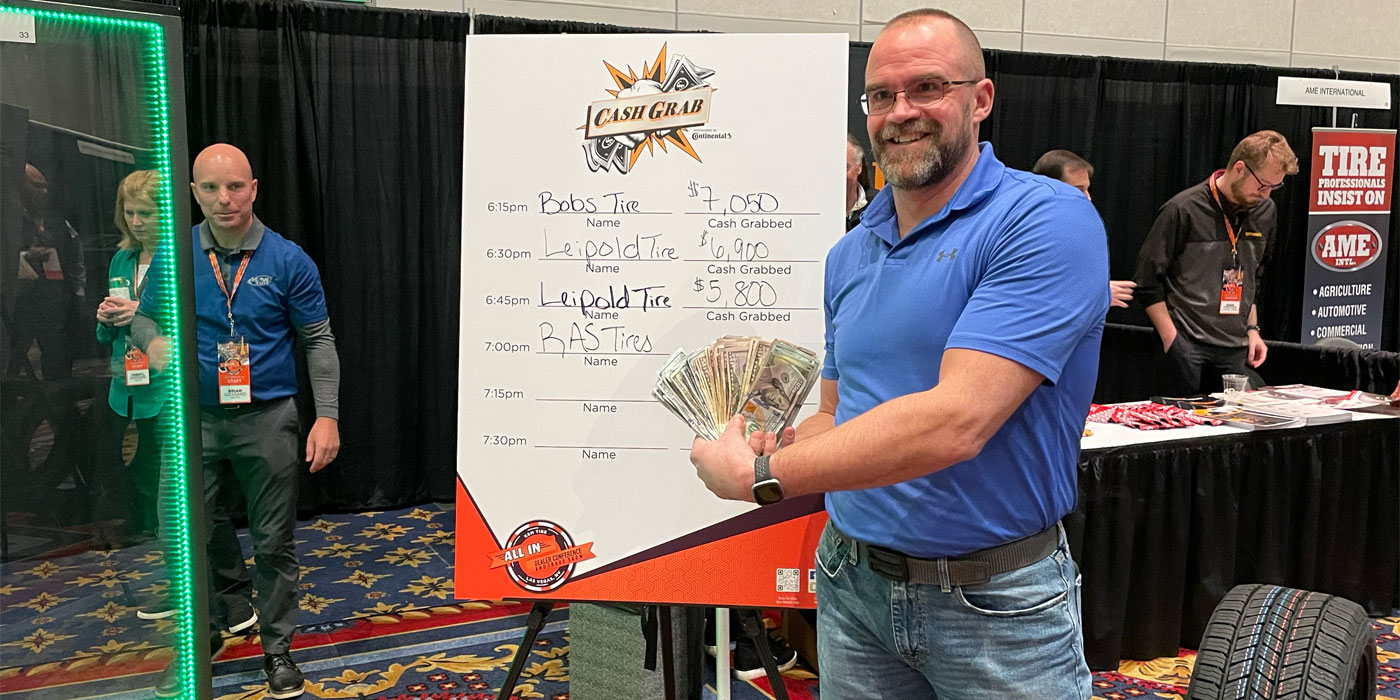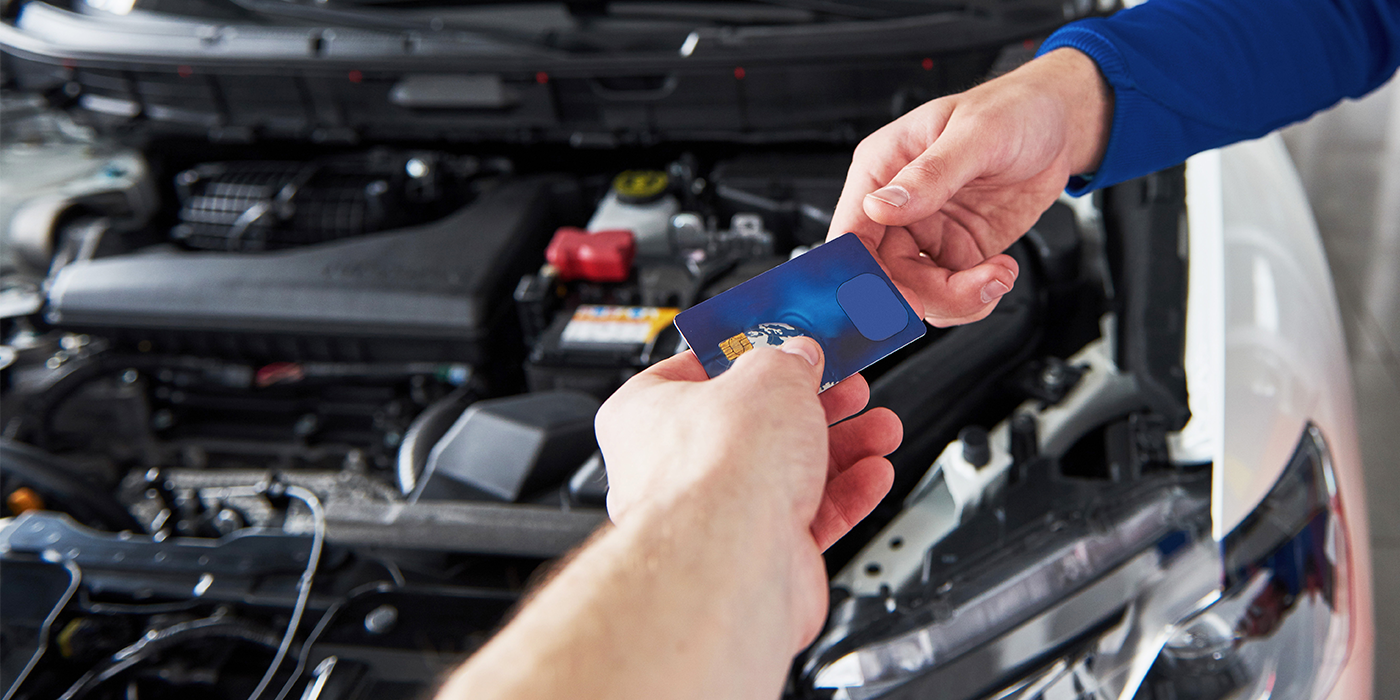-paid. This simple policy has nearly eliminated the problem.
Technician Compensation
Technicians need to progressively earn more money as they mature. Both younger techs and experienced master techs are needed in our particular business. But too many of one type will hurt your gross profit. Both types of technicians are needed, but a repair shop can not survive with 100% of one type.
All five of our technicians can do 70% of our typical work, while the remaining 30% is very difficult work, requiring more knowledgeable technicians. Why have a shop filled with over-qualified/more costly technicians? For us, approximately one-third of our technicians should be master techs and the other two-thirds should be less-experienced/less-costly techs.
Go through past invoices and do a survey to determine what kinds of service work makes up the majority of your business. Then you can determine how many technicians of various levels your really need, and align your work to that staffing level.
Hourly technician labor pay allows higher gross profit, providing there is adequate work volume. As the workload increases and exceeds your breakeven point, profits increase.
Labor Rate Options
A flat rate is an excellent motivator, and safer if your volume decreases, but it offers little chance for increased gross profits. A variable rate, however, is an excellent means of increasing gross profit.
Our work mix is 35% "competitive", 45% "repairs" and 20% "difficult". We have three different labor charges depending on the type of work. Competitive work need to be at your lowest labor rate. These commodity jobs – brakes, exhaust, oil/lube and routine maintenance ®“ are often price-shopped by customers. These items need to be marked as competitively as possible because it is likely the customer will compare these items with your competition.
Difficult repairs are NVH complaints, OBD II, ABS diagnosis, electrical repair, transmission overhaul and driveability-related problems. These types of repairs require your highest-paid technicians, often include few parts to sell, and are the ones most likely to return as a comeback. We charge our highest labor rate for jobs in the difficult category.
Jobs in the "repairs" category should be priced between "competitive" and "difficult."
Find Your Mix
To determine your work mix, make three columns on a piece of paper for each work type, and label them Competitive, Repairs and Difficult. Then take 100 service invoices and break out the labor type. Make check marks in each category to represent one labor hour unit for each hour billed on each invoice. Total each column and calculate your labor mix for each category.
If your work mix primarily "difficult", or "competitive", you can change your mix if you want to by redirecting your marketing strategies.
We need to lead our businesses, not let our businesses lead us. Take a look at how you spend your day. If your day is spent running the shop, then who is running the business? Make the decision to change. Set the goal. Coach your team and watch your profits grow!
Dan Schindler owns a number of repair shops in the Cleveland area, and is a regular contributor to ImportCar, a sister publication to Tire Review.













